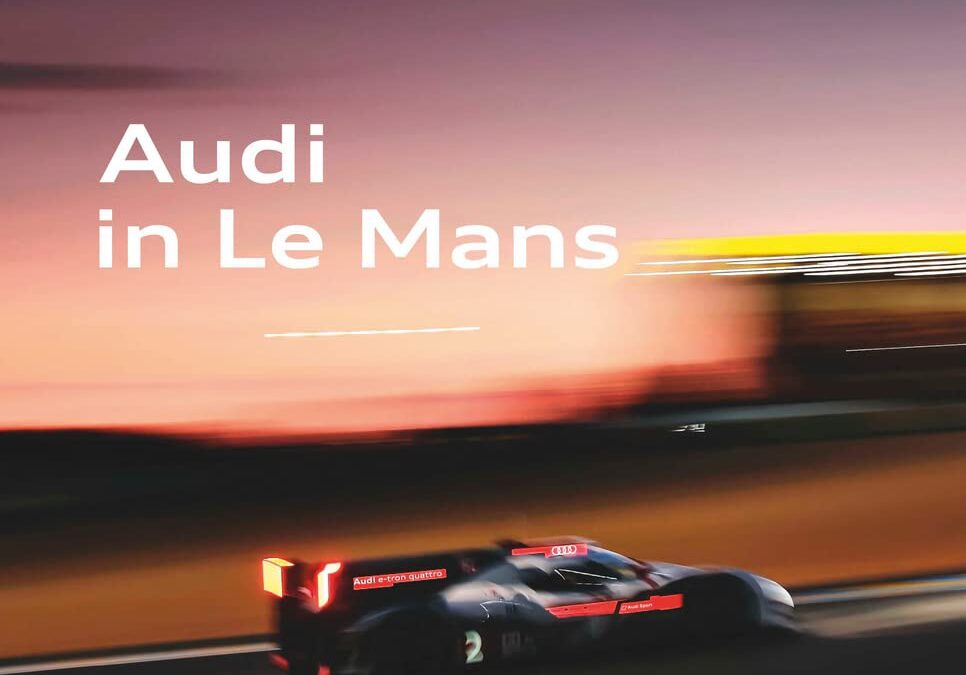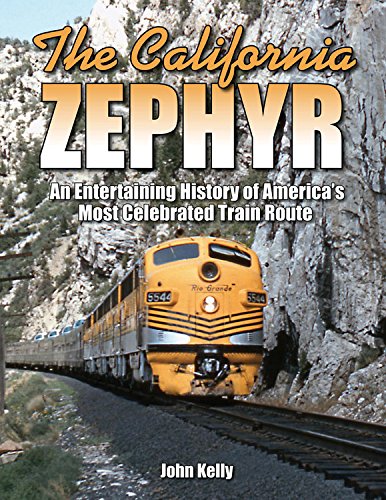
Audi in Le Mans
It was a reasonable success when in 1999 the first Audi R8 drove directly onto the stage in Le Mans. One year later it was the overall victory with a triumphant triple place. Up until 2016 the race cars with four rings got 12 more victories, making competitors tremble at the world’s hardest motor race. On occasion of the 100th anniversary of the legendary 24 hour race the text-and-picture book Audi in Le Mans undertakes an exciting journey into the past. Impressive pictures and loads of background knowledge from the company’s archives tell us about a piece of Audi history – with fresh eyes and full of suspense. All highlights, all successes: Audi Sport‘s spectacular success story at Le Mans Backgrounds, facts and stories on Audi models, drivers and races Audi race car in the flashlight: numerous photos from the company’s archives Thrilling car book with high-quality design: ideal gift for Audi fans and race enthusiasts Starting a new race car series is a challenge for car makers. The 24 hours of Le Mans are especially known as a severe endurance test for man and material. And Audi knew how to use the famous long-distance race as a stage for new technologies, all the while living up to their slogan “Vorsprung durch Technik” (“leading by technology”): the fast and reliable Audi models left their competitors in the dust. Also, the first victory of a car with diesel-and-hybrid technology went to the German car brand. In more than 300 pages, this illustrated book depicts the impressive history of the brand from 1999 until the WEC exit in 2016.



